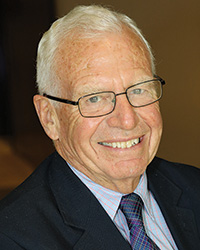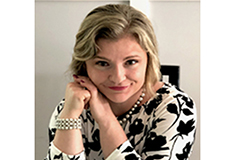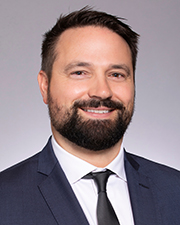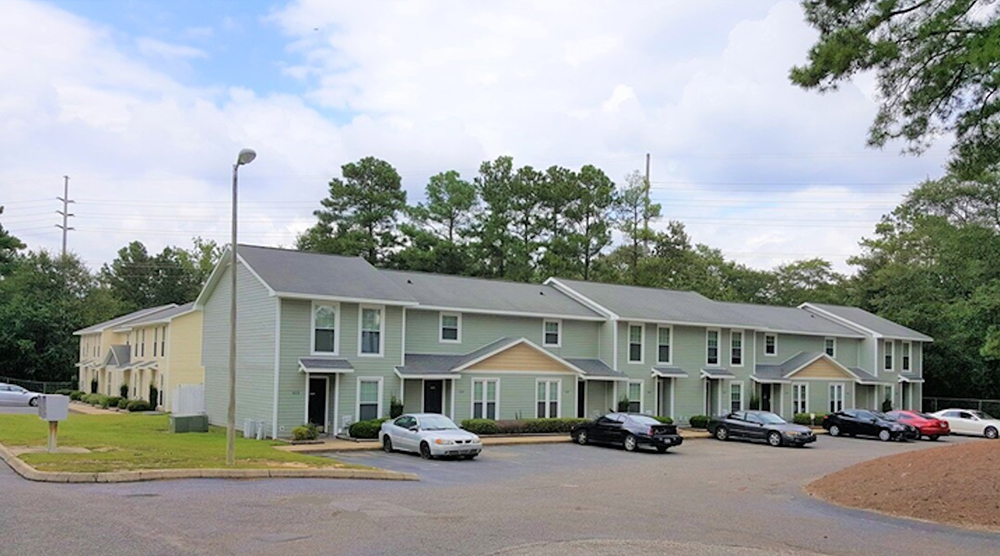Reckoning with recession - by David Kirk

The economic trends are a starting point for any strategy. Because time and the current dynamics in the market are pressing change, any reckoning is complicated and even short-term forecast challenging. The Fed has put emphasis on inflation which is undeniable now. Transience is no longer in the vocabulary of commentary. And rates are climbing. Because commercial property must compete in the capital markets, this jiggling or prevailing storm does exert upward pressure on property rates and downward pressure on pricing. Performance in property markets, however, continues to depend on underlying demand and economic fundamentals.
Commercial real estate is both an operating enterprise and capital good. Wage gains are eroding operating margins and cash flow; inflation is impacting utilities and supplies; rising rates are increasing costs of capital and changing the stack and terms. All shaking operating performance and feasibility of new development. Commercial real estate is a ring around the roses. Climate change has hiked property insurance. Does this really matter whether pundits call the the risks resulting from so- called recessionary conditions. Commercial property operations and investments are currently in a storm.
Underwriting income at commercial property has been more complicated for a decade or more particularly in dynamic markets. Startups and gig workers are an increasing and significant share of the pivots occurring and will persist. Risk increases accordingly when liquidity, durability and duration shrinks. Hustle and judgement for leasing and marketing pivot with judicious empathy. More so for the uncertain credit worthiness. How short the term. How high the deposit. Portfolio and mix. Market and competition. Just different, complex. How much and how fast can investors and the capital stack adjust. Seamlessly, almost, so far. Rates not so easy.
Jobs - hardly anecdotal, the data for six months has recorded increasing employment, labor force and wages. And job openings. Layoffs are now being reported alongside turnover - up and out, and unfilled job openings. The full employment target is spacey and changeable. While efforts at measuring and reconciling are extensive and expanding, this target of full employment is a bit dizzying. For the last six months the economists have actually been been saying, stop job growth. Wage and income gains. Curb inflation. Must curb inflation. Certainly not a reasoned course. Taking patterns from the past and deriving apparent algorithms and dumping them on the future. With expectations of precision of three dimensional printing. Hogwash.
Behavioral economics. Politics. Community and culture. In remnants, services and events. Sectoral shifts with innovation, technology and pleasure seeking. Not just millennials seeking a better balanced life with more satisfaction and time for learning. Travel and entertainment. Shifting behaviors accordingly. Subsistence is creating new patterns for all cohorts. Aberrations are the next and evolving patterns. Cycles are ramping with the shorter terms in technology. And alternatives in costs and choices are too. Micro management is forced to recognize behavioral shifts or peril in the markets.
Not simple and straightforward. Complex and evolving. So complex that surveys are anecdotal and lack importance and credibility. Go with the flow and ask what ifs with creativity and imagination. Life is a changing. Climate change. Paraphrasing W. Mitchell, a friend and motivational speaker, it’s not what’s happing, it’s what you do with it. The season is changing.
David Kirk is founder, chief executive officer of Kirk & Company, Real Estate Counselors, Boston, Mass.
Preservation of Affordable Housing secures $23.5 million in financing from Rockland Trust and Citizens Bank

Conn. hospitality market: A technical appraisal perspective on market dynamics and valuation challenges (2019-2025)










